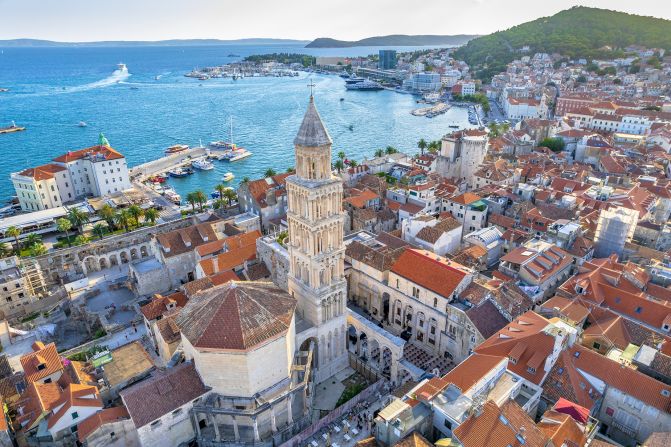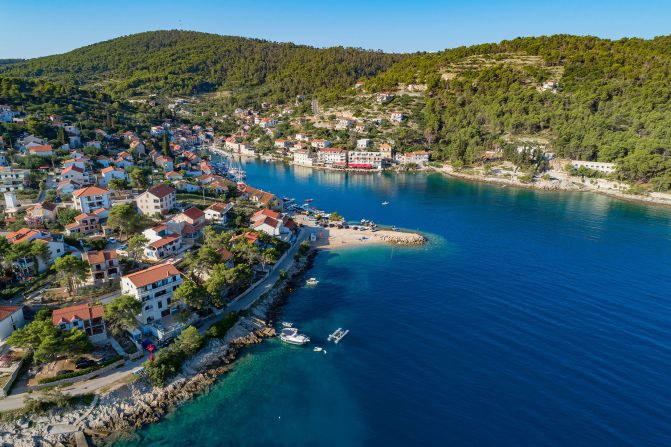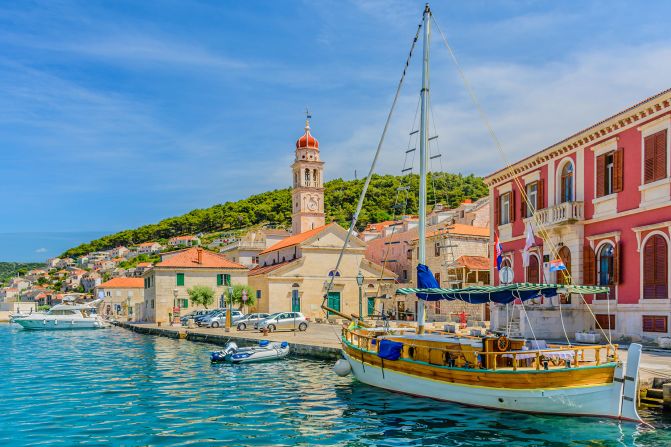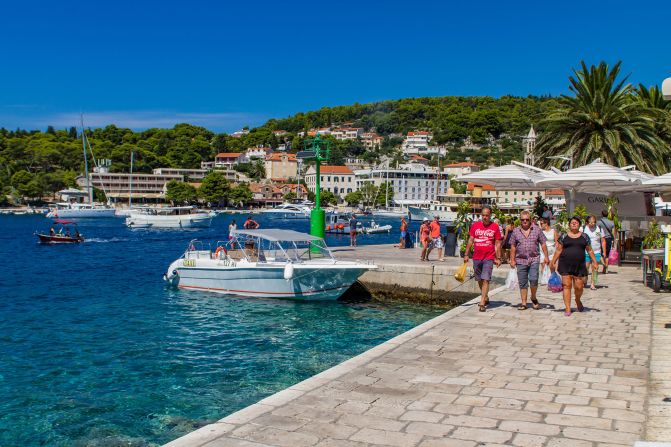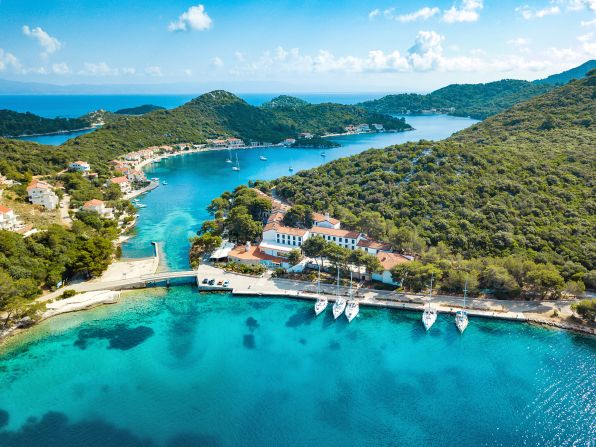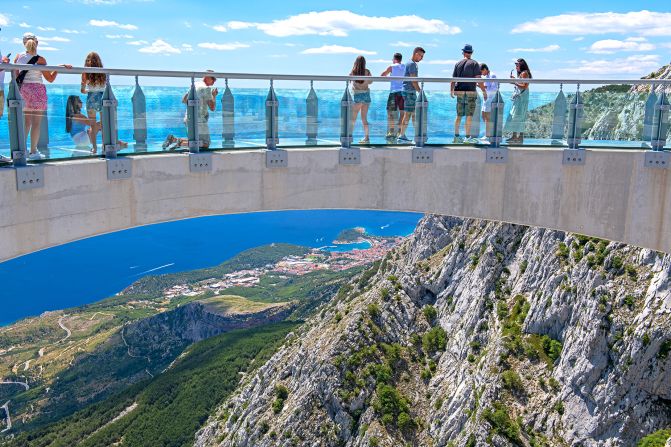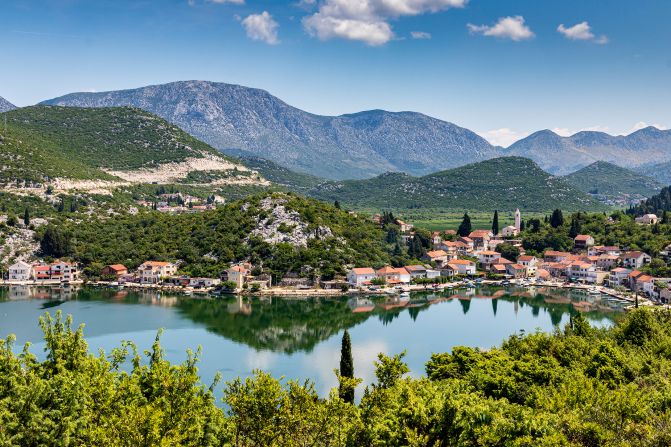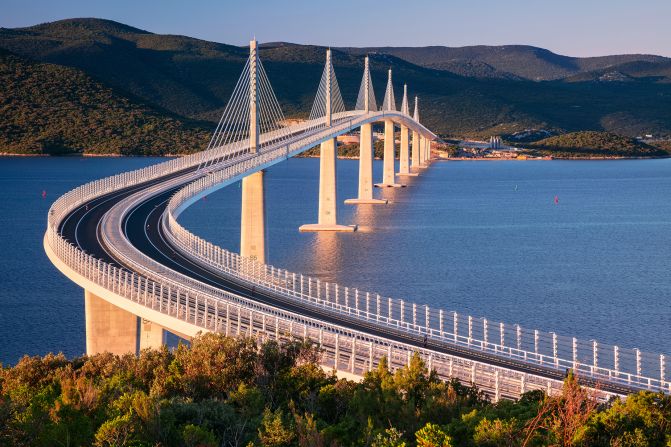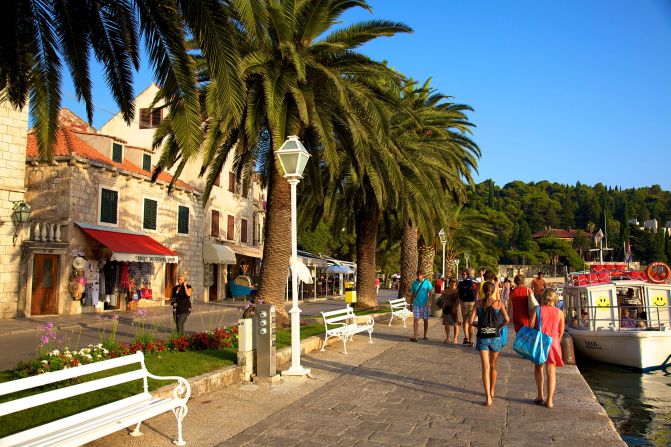Editor’s Note: Sign up for Unlocking the World, CNN Travel’s weekly newsletter. Get the latest news in aviation, food and drink, where to stay and other travel developments.
To many, the southern Dalmatian coast is Croatia. Between Split and Dubrovnik lie some of the most visited places in the country. At times it can feel as if this entire part of the Dalmatian coast is just a bit too popular for its own good, with more and more tourists coming every year to Dubrovnik, Split and other honeypot destinations.
You can’t blame them. The Adriatic coast is undeniably beautiful, with the forbidding Dinaric Alps as a dramatic backdrop to the heavily indented coastline and dozens of islands scattered about. But even among the big hitters, there are lesser-known pockets.
Split
Croatia’s second city is also the jumping-off point for ferries to Dalmatia’s islands, so expect crowds of people wheeling their suitcases around the port and old town. At times it’s hard to move within the picturesque ruins of the 2nd-century CE Diocletian’s Palace, built by the eponymous Roman emperor as his retirement home. The nearest beach, Bačvice – just east of the ferry port – is equally crowded. Instead, get some respite among the soothing greenery of Marjan, a sprawling forested park that covers an entire headland to the west of the port.
Once you’ve wandered along its wooded trails and taken in views of Split and the sea from Telegrin observation point – Marjan’s highest point at nearly 600 feet – head down to Ježinac beach below the park for a cooling swim. While you’re there, pop into the Meštrović Gallery a few minutes’ walk away to admire the work of Croatia’s greatest sculptor, Ivan Meštrović, who lived from 1883 to 1962. His lavish, self-designed summer villa, built in the 1930s to make most of the sea views, is an evocative showcase for his art. You can also see his religious art in the 16th-century church within the Crikvina complex, five minutes’ walk away.
Šolta
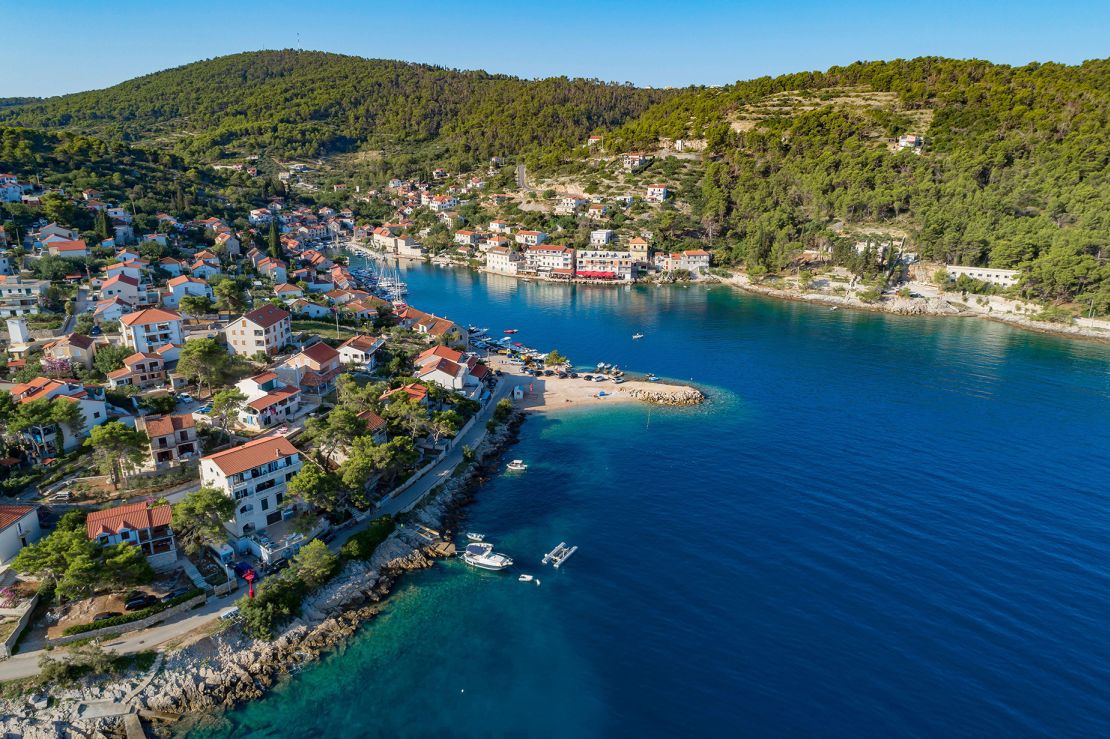
You can easily see Šolta island from Split’s port, but for some inexplicable reason it’s often overlooked in favor of its neighbors Hvar and Brač. People are missing out on this sleepy, laid-back place and its sheltered pebbly coves tucked into its southern coast – notably the turquoise waters of Senjska, Stračinska and Školjić.
Yachties might have already come across the village of Maslinica on the western coast, with its well equipped marina and deeply indented Šešula Bay nearby. Towards the eastern end, Stomorska is equally charming – it’s also close to some of the island’s wineries that produce the indigenous and full-bodied dobričić red wine. Stop by the convivial Kaštelanac Agroturizam for a wine tasting that includes homemade seafood pâtés and tapenades. In between are miles of olive groves that produce award-winning oil from indigenous Dalmatian varietals.
Brač
The first image of Croatian beaches is usually that of Brač’s long V-shaped Zlatni Rat, whose tiny pebbles almost look like white sand. Not surprisingly, both the beach and its closest town, Bol, have become hotspots. To avoid the crowds, try some of the smaller villages along Brač’s jagged northern coast, including Pušćica, whose quarries produce the creamy Brač stone seen all over Dalmatia (and even the White House in Washington, DC). You can’t miss its handsome stonemason school, Klesarska Škola, lording it over the waterfront.
Over on the west coast, the relaxed village of Milna wraps itself around a deep harbor, while olive groves and vineyards stretch out around the surrounding countryside and offer gentle cycling. From here you can follow the dizzyingly twisting road for about 10 miles along the southern coast to reach a fascinating piece of Brač’s history, the UNESCO-listed Blaca Hermitage, built into the cliffs by 16th-century monks.
Hvar
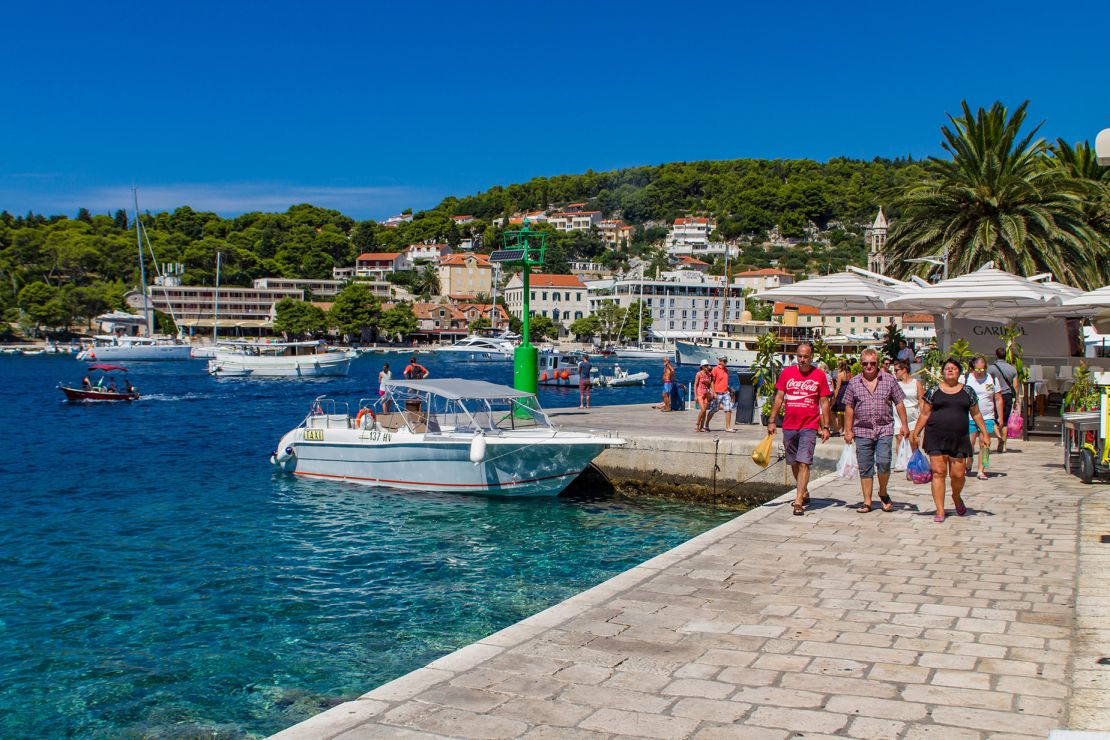
Lured by its hedonistic reputation, young tourists come flocking to Hvar Town in their droves. But there’s much more to the island than its status as Croatia’s official party spot. Away from the crowds, boat parties and nightclubs it’s a different world of lavender fields, vineyards, pine forests, farm restaurants and olive groves.
See a mellower side of Hvar in Stari Grad, which, despite being on a main ferry route, is remarkably quiet. Explore its Venetian marble lanes before setting out for walks on Stari Grad Plain, a UNESCO-listed area of olive groves and vineyards created by the Greeks in the fourth century BCE. Carry on eastwards towards some of the smaller fishing villages – Jelsa and Milna both have lovely beaches. Vrboska is another one to add to your list – its white stone houses flank a canal which flows from the long, sinuous harbor.
Lastovo
It’s a three-hour ferry ride from either Split or Dubrovnik, but it’s worth the effort to reach Lastovo. The entire island is a nature park, with more than 125 miles of hiking trails winding through forests and past tiny villages of terracotta-roofed stone houses. This really is the place to get away from it all and flop on pebbly beaches after a hike through the woods, filling up on grilled seafood in beachfront restaurant.
Head to the seaside village of Zaklopatica, where a lofty observation area about an eight-minute drive from the center offers far-reaching views. Park the car and hike another 400 yards or so to reach the peak of Sožanj for even higher vistas. A few smaller islands are dotted about, making Lastovo a favorite among divers and snorkelers.
Nearly as far flung as Lastovo is the island of Vis, which soared in popularity after its starring role in “Mamma Mia! Here We Go Again.” It’s a captivating place with Venetian-style villages, including Vis Town and Komiža.
Biokovo Nature Park
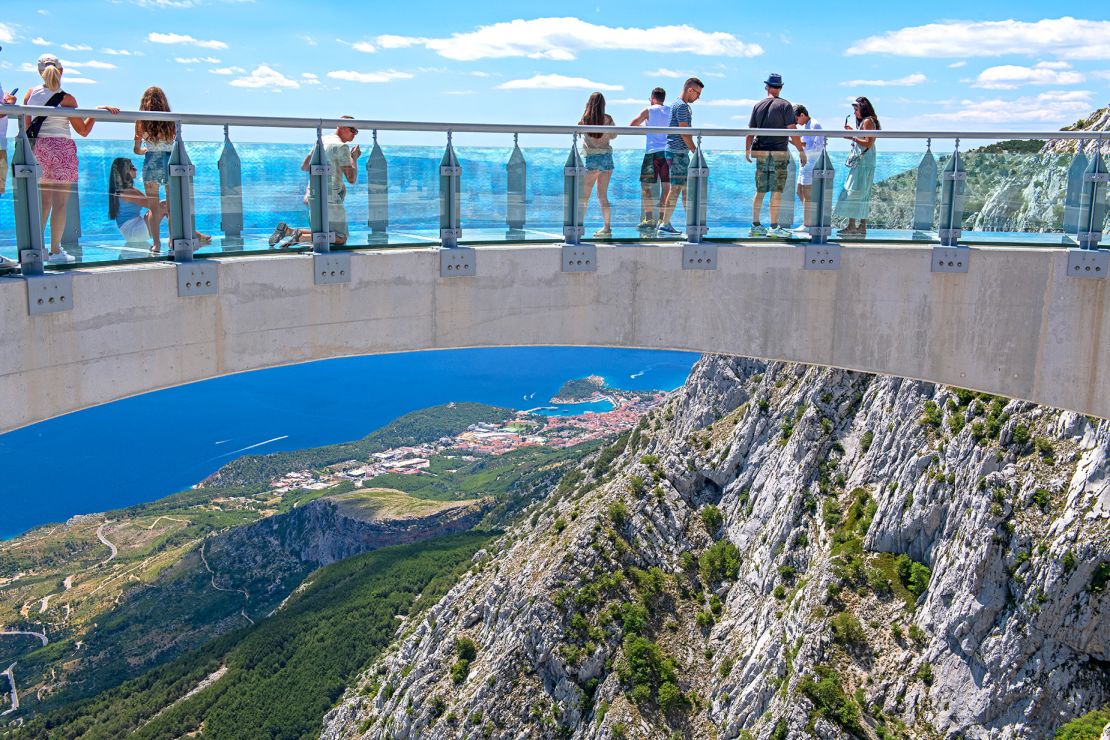
While beach-lovers laze on the long coastline of the Makarska Riviera – especially in Tučepi, Baška Voda, Brela and Makarska itself – hikers and mountain bikers head straight to the rocky trails of Biokovo Nature Park. Covering about 78 square miles of the Dinaric Alps, Biokovo offers tantalizing glimpses of the sea as you make your way higher into the mountains. Hardy hikers will want to tackle the 5,780-foot peak of Sveti Jure, Croatia’s second-highest mountain. Thrills of a different sort are on offer on Skywalk Biokovo, a glass-bottomed, crescent-shaped observation deck that hovers over the cliff more than 4,000 feet above sea level.
Just north of Biokovo and worth a detour is the geographical marvel that is Omiš. Here the Cetina River slices through a series of canyons and gorges before flowing into the Adriatic, splitting the town in two. If you really want to test your nerve, fly high across the canyon on one of the eight ziplines run by Zipline Croatia.
Neretva delta
In the midst of the rugged Dinaric Alps that run alongside most of the Adriatic coast is the broad, flat, incredibly fertile landscape of the Neretva delta and valley. The same Neretva river that flows under Mostar’s celebrated stone bridge in Bosnia empties into the Adriatic between the villages of Rogotin and Blace, creating a watery world of pure serenity. Orchards, waterways, wetlands and lakes invite slow exploration by boat, on foot or on two wheels as you pass roadside stalls selling the fruit you see growing all around you. Park yourself on the wide sandy Delta Beach to watch kiteboarders skimming across the sands.
Pelješac peninsula
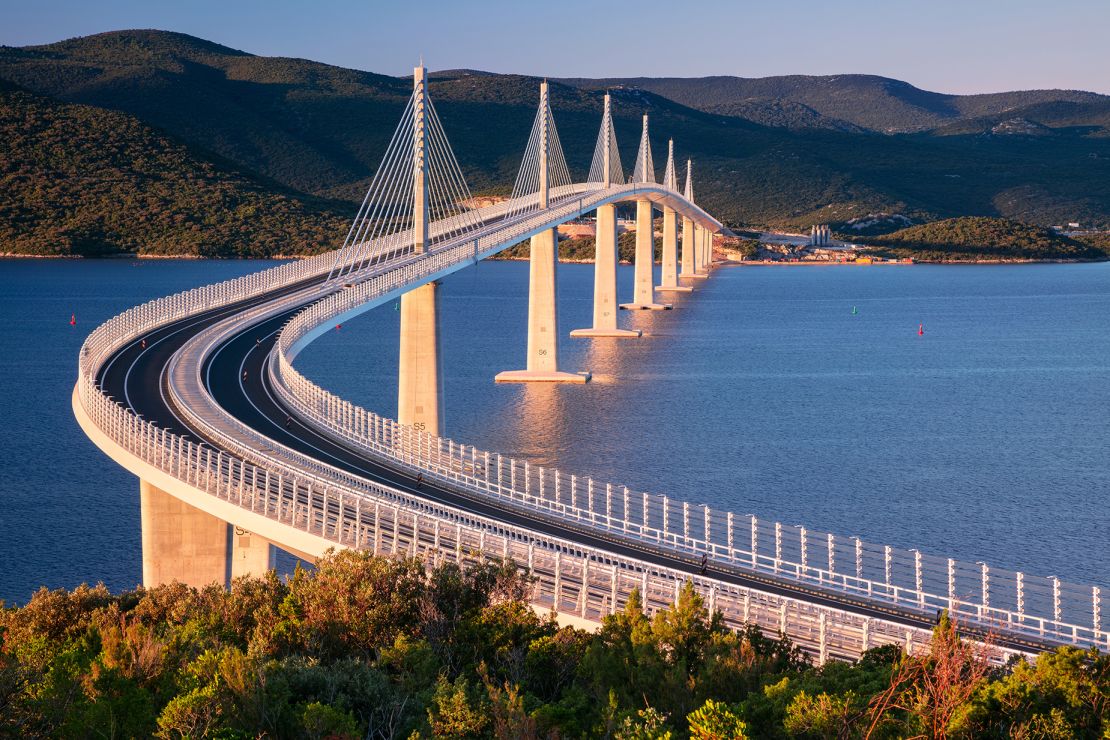
This long finger of land north of Dubrovnik has some of the best vineyards in Croatia, with rows and rows of vines of red plavac mali and dingač grapes. Squeezed into its coastline are dozens of pebbly coves backed by pine woods. Until 2022, reaching it from the north meant crossing into Bosnia, whose 12.4 miles of coastline sits below the Neretva delta, before giving way once more to Croatia’s southern Dalmatian coast. But in 2022, the Pelješac Bridge was opened, connecting the peninsula to the Croatian mainland north of Bosnia – meaning you can reach the rest of southern Dalmatia without having to pass through border checks.
From Pelješac you can make a short trip to Korčula – the famous island hovers just off the peninsula – via the ferry at Orebić, in the northern part of the peninsula. Similarly, the lusciously green island of Mljet is easily reached from the small port at Prapratno further south. Before you leave Pelješac, you’ll want to visit two of the peninsula’s most famous sights: the oyster beds of Mali Ston and the hulking stone walls that have been circling the village of Ston since the 14th century.
Elaphiti islands
Wander along Dubrovnik’s old port and in seconds you’ll be offered a day trip to the Elaphiti islands, north of the city. While a day is enough to visit all three of the inhabited islands – Koločep, Lopud and Šipan – it’s more satisfying to pick one and spend a few days reveling in peace once the daytrippers have gone. Šipan, the largest, is the only one to allow cars, but there’s a seductive feel to it. There’s little to do but wander through olive groves (which cover much of the island), swim in pebbly beaches and devour freshly grilled fish. Which makes it pretty much the essence of summertime Dalmatian life.
Dubrovnik region
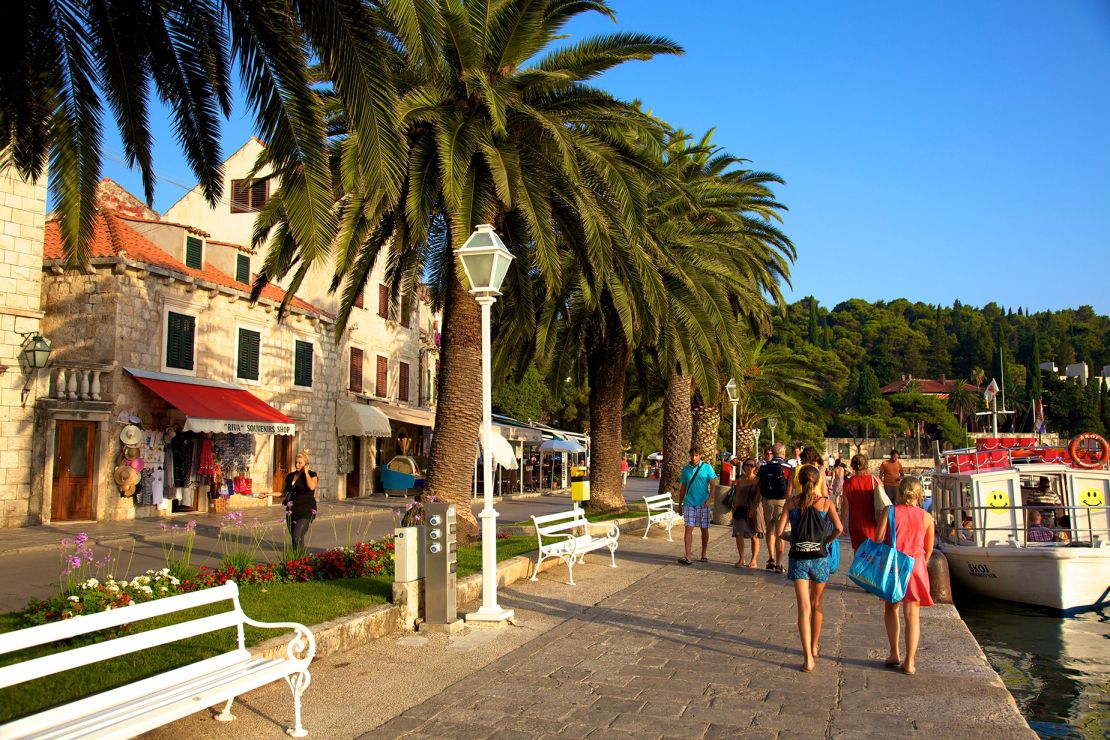
Anyone who has ever been in Dubrovnik’s old town during the summer won’t be surprised to hear that it’s Croatia’s most visited place. The crowds can be unbearable, and many travelers prefer to base themselves in the villages along this last stretch of the country’s coastline – there’s a good bus network to get around. Cavtat, about 15 miles south of Dubrovnik, has been steadily growing in popularity as an alternative to the city. Or look north of Dubrovnik – Slano, a 40-minute drive away, is also convenient for visits to the Trsteno Arboretum when you’re not relaxing in the calm waters of the pine-fringed bay.
Mary Novakovich is the author of “My Family and Other Enemies: Life and Travels in Croatia’s Hinterland.”
